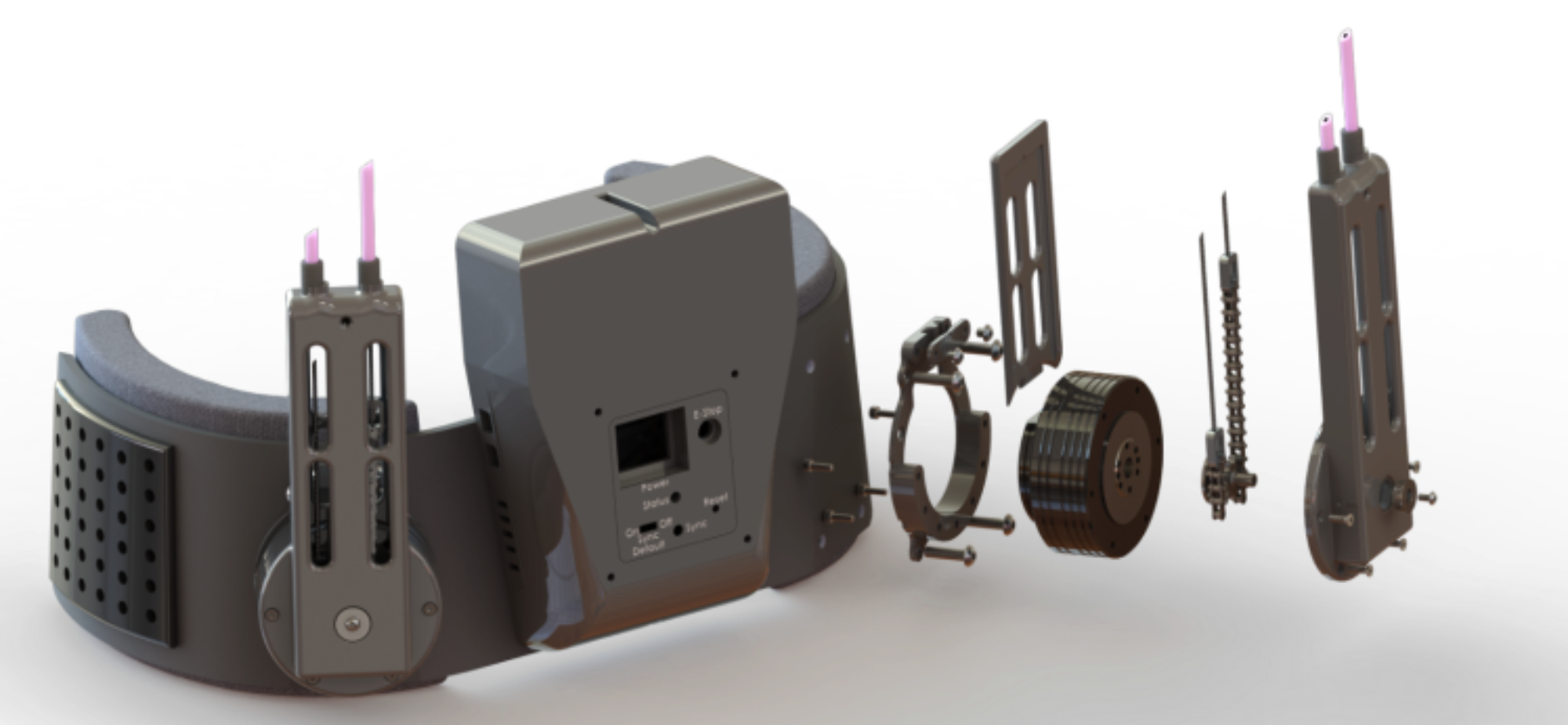Hello, I have customized the PCB board specified in the CAN Motor PCB Files on JLCPCB and placed an order for the PCB SMT (Surface Mount Technology) service on the same platform. Could you please advise on how to test the PCB to verify if the customized one is qualified, without soldering the Teensy 4.1 and Arduino Nano 33 BLE microcontrollers? (I am worried that an unqualified PCB might burn out these microcontrollers.) I sincerely look forward to your response!
My understanding is that you modified the PCB design from the OpenExo reference designs, is that correct?
It’s hard to know whether the PCB will work properly without testing it with all the connected components. The PCB design, part selection, and connected peripherals can all affect its operation.
If you don’t mind sharing the exact modifications you made to the PCB design, please send them to shanpu.fang@nau.edu. I’ll do my best to check it when I have time.
@shanpu-fang I have not modified the PCB in OpenExo. What I mean is that I am concerned about potential design inconsistencies or issues with the custom PCB (including SMT - Surface Mount Technology) ordered from JLCPCB.
Therefore, I hope to test some of the pins on the PCB that connect the Teensy 4.1 and Arduino Nano 33 BLE microcontrollers without soldering these two microcontrollers onto the PCB first. This precautionary measure is intended to prevent the microcontrollers from being damaged or burned out.
My question is: Can I connect a 6S power supply to the PCB (still without soldering the Teensy 4.1 and Arduino Nano 33 BLE microcontrollers) and then use a multimeter to test parameters such as the output voltage of the pins on the PCB that connect the two microcontrollers?
Thanks for the clarification. I would first check the DC–DC converter’s output, then the Vin pins on the Teensy and Nano. In our design both the Teensy and the Nano should receive a 5 V supply. Also check voltages on the other pins of the Teensy and Nano: since these development boards are not 5 V-tolerant, none of their digital or analog pins should receive more than 3.3 V, which could cause permanent damage. Our PCB supports higher-voltage batteries, but make sure the large cylindrical capacitor you chose can handle the voltage. We previously damaged a capacitor rated for 25 V by using a higher-voltage battery.

